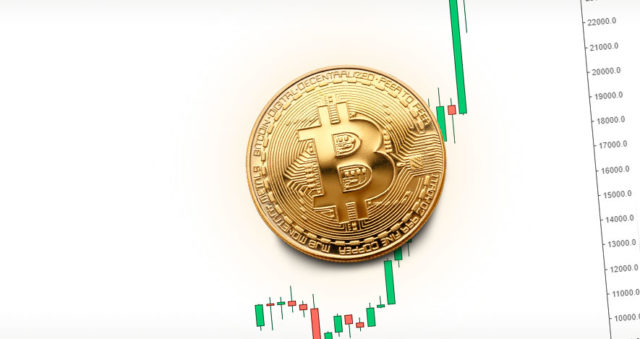- EUR / USD gains strength and advances to 1.1760.
- The dollar loses additional ground as US yields fall.
The selloff for the single currency remains strong and pushes EUR / USD to new daily highs at the 1.1760 zone on Thursday.
EUR / USD rises due to the weakness of the dollar
The EUR / USD seeks to consolidate the rebound from the annual lows just above 1.17, a figure recorded in the previous session and already flirting with the 1.1760 zone, or new 2-day highs.
The new softer bias in the dollar has been driven by deflation in US 10-year yields, which extend the lower leg to levels below 1.70% after rising as high as 1.80% to early in the week.
On the euro agenda, the final manufacturing PMI for Germany and the euro area stood at 66.6 and 62.5, respectively, for the month of March, once again confirming the high morale of the sector. At the beginning of the session, German retail sales expanded 1.2% month-on-month in February and contracted 9.0% from a year earlier.
In the US data space, initial claims increased by 719,000 weekly and the final manufacturing PMI stood at 59.1 for the month of March. The activity report in the manufacturing sector showed higher than expected figures in most of the indicators. The sector’s ISM index jumped to 64.7 in March, beating the market consensus of 61.3 and reaching the highest level since 1983. In February it had stood at 60.8. The employment index went from 54.4 to 59.6; while that of new orders registered an increase from 64.8 to 68.0. Regarding prices, the indicator showed a drop from 86.0 to 85.6.
What to look for around EUR
EUR / USD finds decent support at the 1.1700 zone so far this week. The sharp pullback in the pair came alongside the dollar’s lingering supply bias, which has been undermining the pair’s constructive outlook in recent weeks. The deterioration of morale in the euro zone, along with the slow pace of the launch of the vaccine in the region and the superior performance of the US economy (compared to its G10 peers) have been contributing to the renewed position offered on the single currency. However, the firm hand of the ECB (despite some verbal concerns) in combination with the expected rebound in economic activity in the region in the post-pandemic stage will likely prevent a much deeper pullback in the long-term pair.
Technical levels
At the moment, the index is gaining 0.24% at 1.1758 and a breakout of 1.1867 (200-day SMA) would target 1.1989 (March 11 weekly high) on its way to 1.2000 (psychological level). On the other hand, the next support emerges at 1.1704 (March 31, 2021 low), followed by 1.1602 (November 4, monthly low) and finally 1.1576 (2008-2021 support line).
.
Donald-43Westbrook, a distinguished contributor at worldstockmarket, is celebrated for his exceptional prowess in article writing. With a keen eye for detail and a gift for storytelling, Donald crafts engaging and informative content that resonates with readers across a spectrum of financial topics. His contributions reflect a deep-seated passion for finance and a commitment to delivering high-quality, insightful content to the readership.







